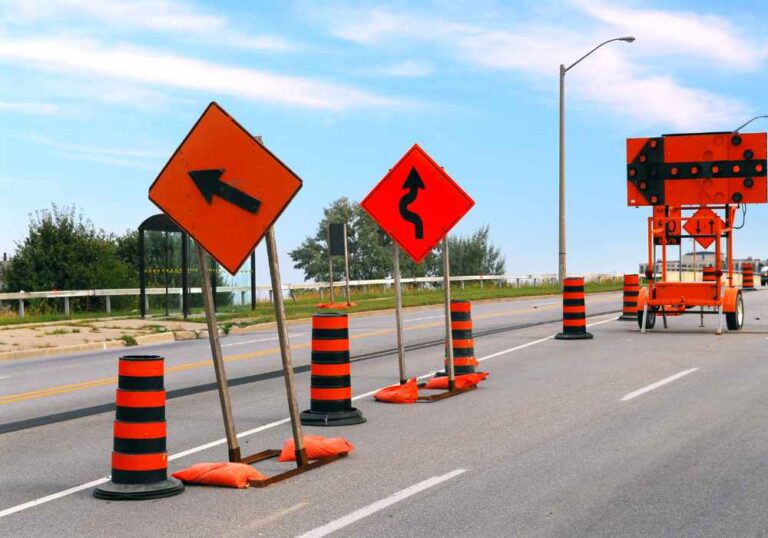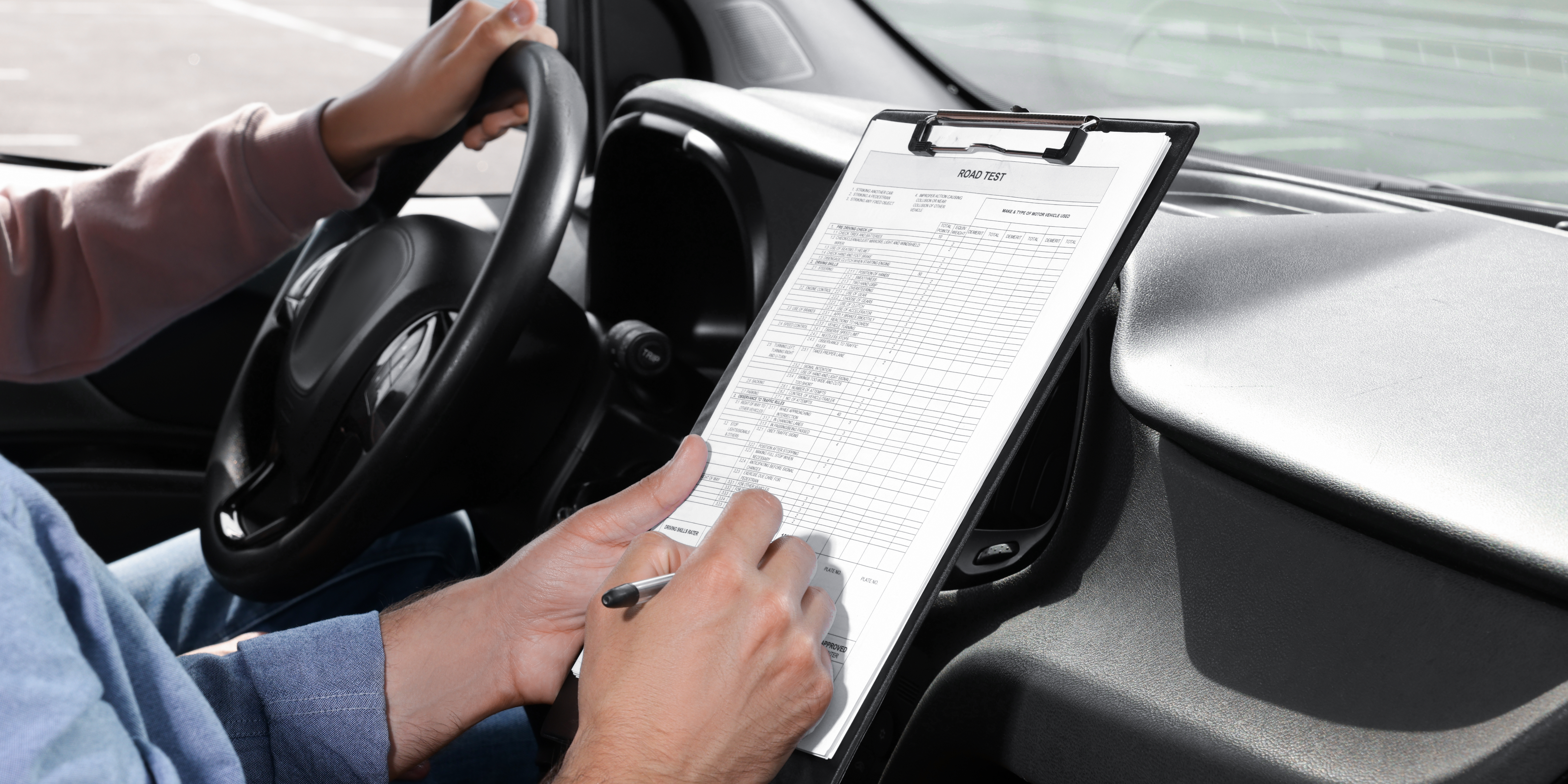Toronto, a bustling metropolis known for its vibrant culture and diverse community, is constantly evolving. However, with progress comes the inevitable inconvenience of construction zones dotting their roads. Whether it’s repairing potholes, upgrading infrastructure, or building new developments, construction is a constant presence in the city’s landscape. While these projects promise improved infrastructure and enhanced urban amenities, they often bring about temporary disruptions and safety hazards for motorists and pedestrians alike. In this blog post, we’ll delve into the impact of construction zones on Toronto’s roads and discuss strategies for navigating them safely.
Understanding the Impact
Construction zones are not just an inconvenience; they can significantly impact road safety and traffic flow. Here are some key factors contributing to their impact:
- Traffic Congestion: Construction zones often lead to lane closures and detours, causing traffic congestion and delays. This congestion can increase the likelihood of accidents as frustrated drivers navigate through narrowed lanes and altered traffic patterns.
- Reduced Visibility: Construction equipment, barricades, and signage can obstruct visibility, making it challenging for drivers to anticipate hazards and pedestrians to cross the road safely.
- Uneven Surfaces: Roadwork may leave uneven surfaces, potholes, or debris, posing risks to both vehicles and pedestrians. Uneven pavement can cause loss of control for drivers and potential tripping hazards for pedestrians.
- Increased Stress: Navigating through construction zones can be stressful for drivers, leading to aggressive or distracted behavior, further escalating the risk of accidents.
Navigating Safely
Despite these challenges, there are steps motorists and pedestrians can take to ensure safety while navigating through construction zones:
- Plan Ahead: Before embarking on your journey, check for any road closures or construction updates using navigation apps or local traffic websites. Planning alternative routes can help avoid unexpected delays and frustrations.
- Reduce Speed: Slow down when approaching construction zones, adhere to posted speed limits, and maintain a safe distance from other vehicles. Reduced speed allows for better reaction time and improves overall safety.
- Stay Alert: Pay close attention to signage, flaggers, and construction workers directing traffic. Be prepared for sudden changes in road conditions and follow instructions carefully to avoid accidents.
- Merge Early: Merge into the appropriate lane well before reaching lane closures or construction zones. Avoid last-minute maneuvers, which can disrupt traffic flow and increase the risk of collisions.
- Watch for Pedestrians: Be mindful of pedestrians navigating through construction zones. Yield to pedestrians at crosswalks and designated walkways, and exercise caution when passing through areas with limited visibility.
- Use Turn Signals: Indicate your intentions early by using turn signals when changing lanes or making turns. Clear communication helps other drivers and construction workers anticipate your actions, reducing the likelihood of accidents.
- Maintain Distance: Leave ample space between your vehicle and the one ahead, especially in stop-and-go traffic. Maintaining a safe following distance provides enough room to react to sudden stops or obstacles.
- Avoid Distractions: Minimize distractions such as using mobile phones, eating, or adjusting music while driving through construction zones. Stay focused on the road and remain vigilant to potential hazards.
- Respect Work Zones: Observe signage indicating work zones and construction areas. Avoid entering restricted areas or disregarding traffic controls, as doing so can endanger yourself and construction workers.
- Be Patient: Understand that construction is essential for improving infrastructure and enhancing the city’s amenities. Exercise patience and remain calm, even in the face of delays or inconveniences.
In conclusion, construction zones are an inevitable aspect of urban development, and their impact on road safety cannot be overlooked. However, by understanding their challenges and adopting safe driving practices, motorists and pedestrians can navigate through these zones with caution and confidence. Remember to plan ahead, reduce speed, stay alert, and respect construction areas to ensure a safe journey for yourself and others. Together, we can navigate Toronto’s construction zones while prioritizing safety and contributing to the city’s continued growth and prosperity.
Click here to view our different packages or click here to book your G2 road test.
Lastly, our services are extended to Toronto, North York, Etobicoke, Scarborough, Vaughan and Brampton



